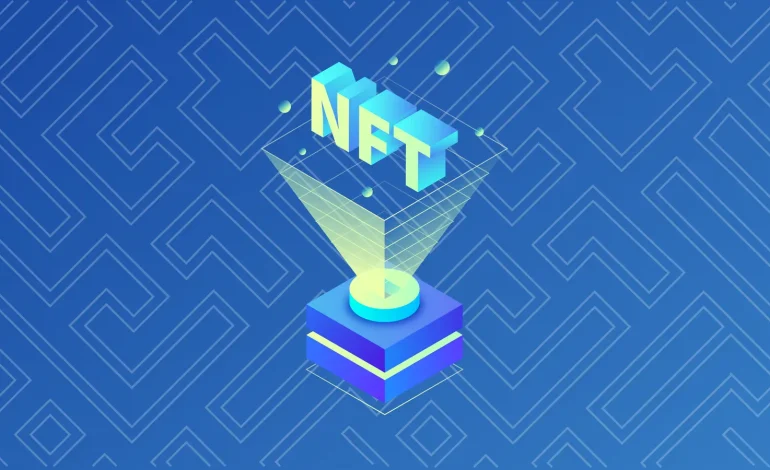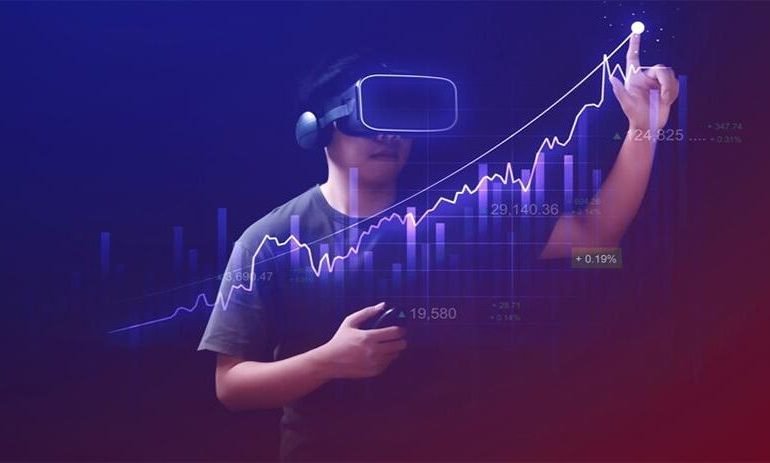The NFT Beginner Guide: How to Get Started with Non-Fungible Tokens

What are Non-Fungible Tokens (NFTs)? How do you get started with them? What’s the first thing you should do after getting your first NFT? Are there any good beginner NFTs to buy? This introductory guide to non-fungible tokens, NFTs, and blockchain-based collectibles will answer all these questions and more. By the end of this article, you’ll know everything you need to start buying, selling, trading, and investing in your nft beginners guide collection.
What are non-fungible tokens?

Non-fungible tokens (NFTs) are tokenized assets. They represent unique collectibles that vary in condition and rarity. For example, a given Pokémon card is a non-findable token because it means a specific Pokémon card that will have varying levels of scarcity and wear depending on the other cards’ wear levels. In contrast, Bitcoin represents a fungible token because you can use any one Bitcoin, regardless of its wear or what blockchain address it is attached to. Non-fungible passes (NFTs) are one of the newest trends in blockchain technology.
You can think of them as collectibles or virtual goods, but they have some key differences. Firstly, unlike collectibles such as baseball cards and coins with slight variations in condition or value based on their age or manufacturer, each nft beginners guide is unique and should possess a fixed value. Secondly, because they’re on the blockchain (rather than in physical form), they can trade these items instantaneously without an intermediary like eBay or StubHub.
What can you do with non-fungible tokens?
A non-fungible token is a digital asset that is unique and distinguishable from other tickets. They can represent ownership of digital content, game items, or property (real or virtual). A critical way to use non-fungible tokens is by using them in a cryptocurrency game. When you start playing a cryptocurrency game like CryptoKitties, you’ll collect different types of permits called kitties. The cool thing about these kitties is that each one is uniquely identifiable and scarce.
So if your kitty gains popularity and reaches an insanely high value, only you will be able to claim it as your own! If someone tries to steal your prized kitty, they won’t have the same ID number as yours, so the software won’t let them take it away. This level of security has made crypto kitties such a phenomenon. In addition to crypto games, there are many real-world applications for non-fungible tokens, including marking ownership of physical goods and transferring rights related to intellectual property.
Non-fungible tokens also work excellent when there needs to be an assurance of authenticity for specific items like artwork. For example, suppose you were at a gallery showing and wanted to verify the authenticity of a painting for sale. In that case, all you would need is the publicly available hash on the blockchain, which would match up with the information on their website and voila–you’re assured it was not tampered with before arriving at the gallery.
What platforms support non-fungible tokens?

- Ethereum blockchain
- WAVES blockchain
- EOS blockchain
- NEO blockchain
- Stellar Lumens (XLM) blockchain
- Ark (ARK) blockchain 7. Monero (XMR) blockchain
- Ripple (XRP) blockchain
- Cardano (ADA) blockchain
- Lisk (LSK) Blockchain
Best ways to buy, sell and store non-fungible tokens
Depending on your user type, the best way to buy, sell and store tokens can vary. For example, if you’re an investor, it might be easiest to purchase and reserve your tickets in an ERC20 wallet like MetaMask. However, suppose you’re a developer looking to create or curate a collection of unique assets. In that case, MetaMask may not be ideal since they charge gas fees on transactions (though they have plans that would allow users who trade within their platform a set fee). If you’re looking for a free option and are more comfortable working through command line interfaces like Geth or Parity, then using these tools directly is another viable option.
- Select a marketplace and create an nft beginners guide. The first step is selecting the right NFT marketplace.
- List your NFT for sale.
- Once you’ve created your NFT, it will present you with the option to list it for sale on the marketplace.
- Manage your listing.
Protecting your Crypto Currency Assets

Cryptocurrencies, like all investment vehicles, are vulnerable to various risks. A critical aspect of safeguarding them is a backup plan in case the worst happens. One method of mitigating risk is creating a cold storage system that lives on an offline device and has a strong password that is not easy for hackers to guess.
These digital vaults can also be backed up by making copies and distributing the keys throughout different systems, such as USB devices or CDs. Another type of safeguard is having multiple wallets, especially if you will be trading a lot or receiving payments into your wallet regularly. This ensures that you have enough coins in your purse and aren’t at risk of losing everything should you lose one key or forget your password on one account.
Conclusion
When understanding and deploying the technology, one does not need a degree in computer science. They need curiosity and enthusiasm. And perhaps most importantly, a lot of caffeine. The nft beginners guide industry is still young and constantly growing, so get started today! If you want to get started with an open-source platform for experimenting and learning about not, I recommend OpenSea’s Ember CLI or Rarebits Embark.
You can also purchase Fancort for a guided tour through their intelligent contract templates or NIFTY on CodeSandbox for a chance to test out Solidity coding skills before diving into development work. If you want more information on the ecosystem and network effects around non-fungible tokens, check out Coinscrum; alternatively, check out Chris Burniske’s Game Changer: Investing in Digital Currencies or Nicolas Gilot’s Asset Revolution.





